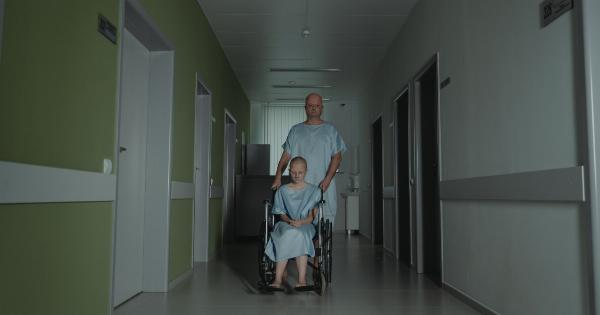Infectious Mononucleosis (also known as mono) is a viral illness that is primarily caused by the Epstein-Barr virus. This illness primarily affects adolescents and young adults, but it can affect people of all ages.
It is also a contagious illness and spreads through close contact with a person who has it, such as via saliva, coughing, or sneezing. In this article, we will be discussing the causes and treatment options available for infectious mononucleosis.
Causes of Infectious Mononucleosis
The Epstein-Barr virus, also known as EBV, is the primary cause of infectious mononucleosis. This virus is a member of the herpes family of viruses and is highly contagious.
It is primarily spread through saliva, making kissing a common mode of transmission. However, it can also be spread through coughing, sneezing, and sharing food or drink with someone who has the virus.
While EBV is the primary cause of infectious mononucleosis, other viruses such as cytomegalovirus (CMV) can also cause mono-like symptoms and are sometimes referred to as “atypical” or “non-classic” mononucleosis.
These viruses can cause a similar set of symptoms to EBV, but they may also cause additional symptoms that are not typically seen with EBV mono.
Symptoms of Infectious Mononucleosis
The symptoms of infectious mononucleosis typically develop within four to six weeks after exposure to the virus. The symptoms can vary depending on the age of the person and how their immune system reacts to the virus.
Common symptoms of infectious mononucleosis include:.
- Fever
- Sore throat
- Swollen lymph nodes
- Fatigue
- Headache
- Muscle aches
- Loss of appetite
- Abdominal pain
- Skin rash
Some people may experience additional symptoms such as enlarged spleen or liver, or jaundice (yellowing of the skin and eyes). These symptoms are typically more common in adults than in children.
Diagnosis of Infectious Mononucleosis
The diagnosis of infectious mononucleosis is typically done through a physical exam and blood tests. Blood tests are used to look for specific antibodies that are produced in response to the virus.
These tests can help differentiate between EBV and other viruses that may cause similar symptoms.
In some cases, additional tests such as a throat culture or a liver function test may be done to rule out other possible causes of the symptoms.
Imaging tests such as ultrasound or CT scans may be done to check for complications such as an enlarged spleen or liver.
Treatment of Infectious Mononucleosis
There is no specific treatment for infectious mononucleosis. Since it is a viral illness, antibiotics are not effective in treating it. Treatment typically focuses on managing the symptoms until the virus has run its course.
Pain relievers such as acetaminophen and ibuprofen can be used to relieve fever and sore throat. Drinking plenty of fluids can help prevent dehydration. Rest is also important in helping the body fight off the virus.
In some cases, complications such as an enlarged spleen or liver may require medical treatment. Severe cases of mono may require hospitalization for monitoring and supportive care.
Prevention of Infectious Mononucleosis
The best way to prevent infectious mononucleosis is to practice good hygiene. This includes washing hands frequently, avoiding sharing food or drinks, and avoiding close contact with people who are sick.
If you have mono, avoid close contact with others until your symptoms have resolved, to avoid spreading the virus.
Conclusion
Infectious mononucleosis (mono) is a viral illness caused primarily by EBV. It is a contagious illness that spreads through close contact with a person who has the virus. Symptoms include fever, sore throat, fatigue, and swollen lymph nodes.
The diagnosis is typically done through blood tests, and there is no specific treatment for mono. Treatment typically focuses on managing symptoms until the virus has run its course. Practicing good hygiene is the best way to prevent mono.


























